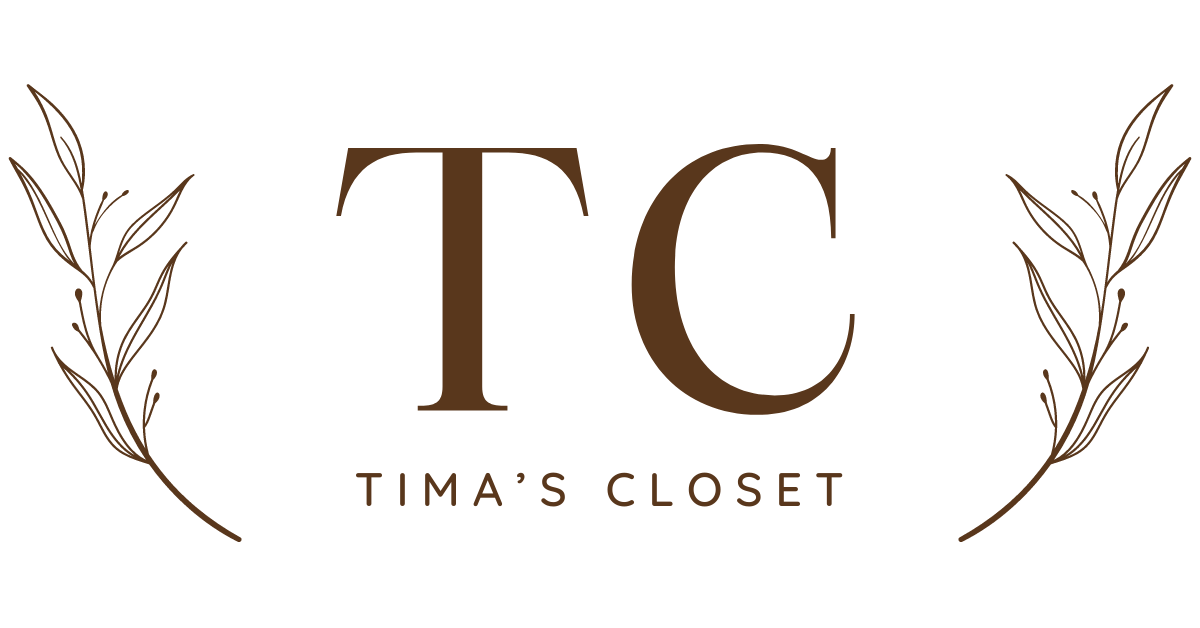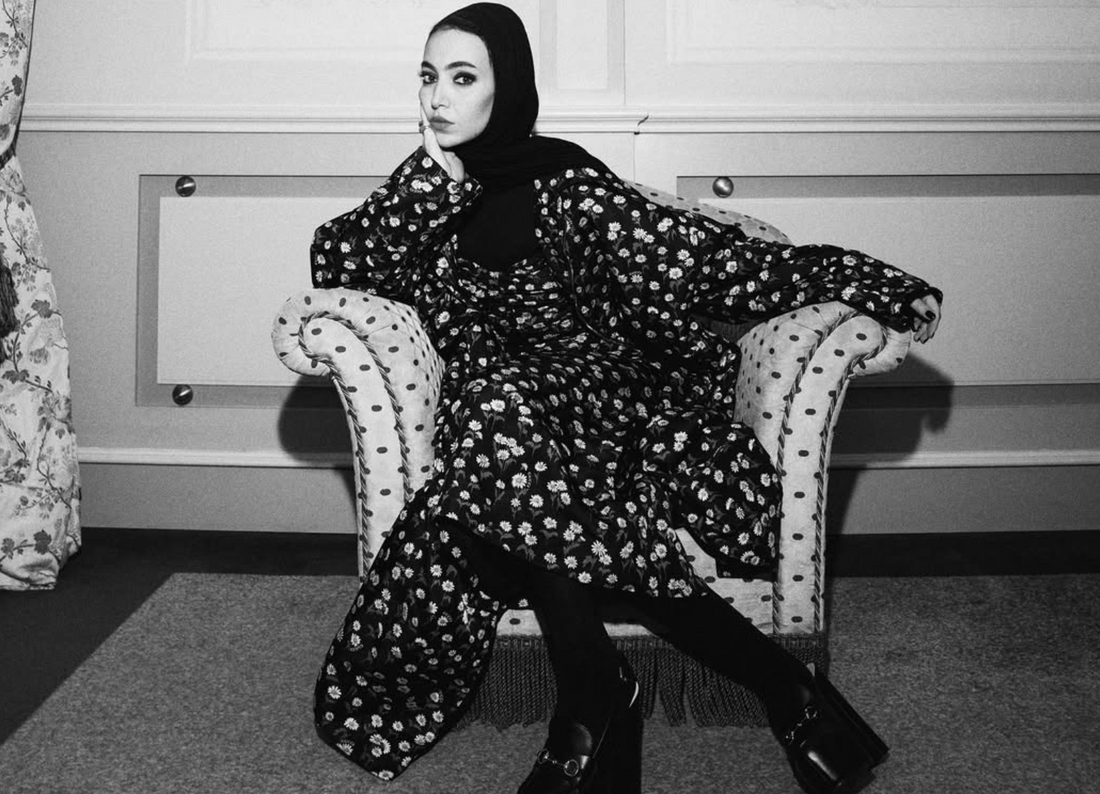A Region Defining Its Own Fashion Narrative
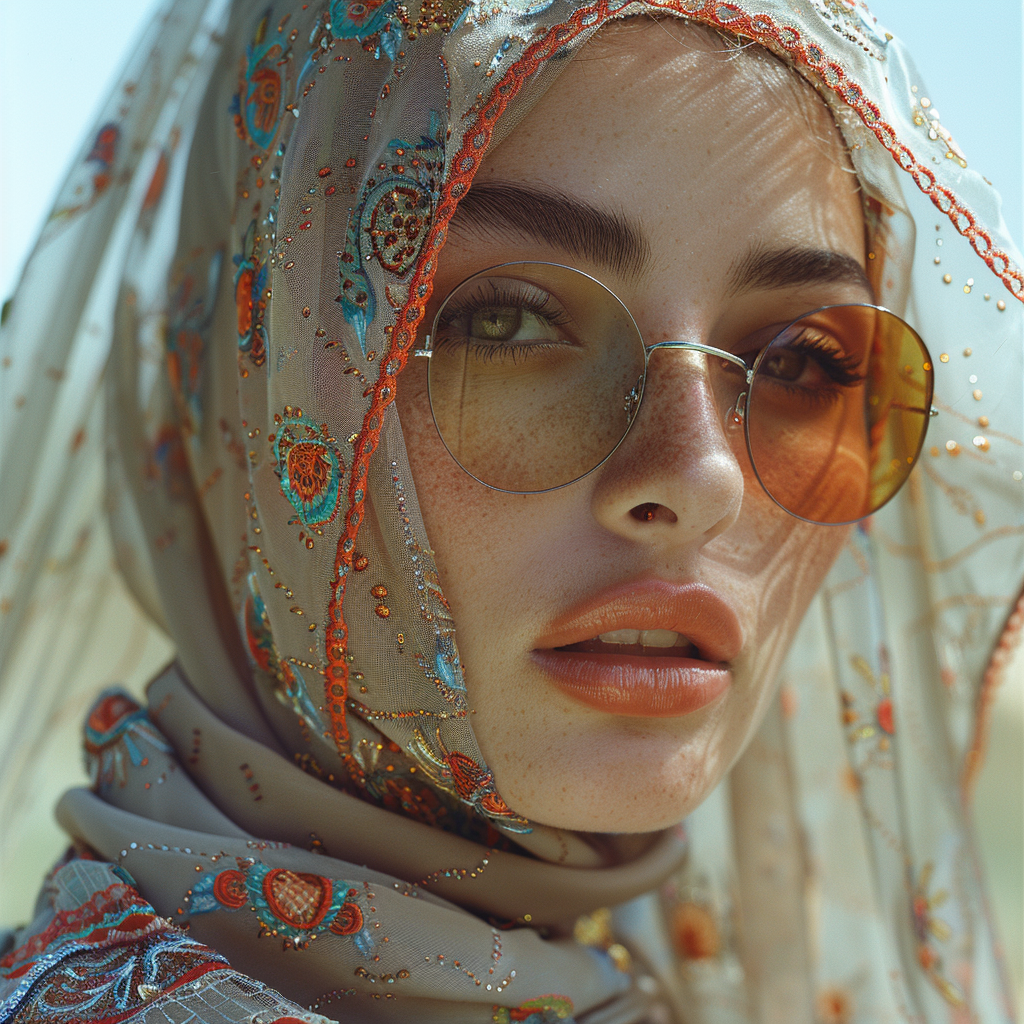
The Middle East has always been a region rich in artistry, craftsmanship, and cultural heritage. In 2025, its fashion scene has evolved into a global powerhouse, merging tradition with modernity and heritage with innovation. What was once considered a niche or “regional” market is now shaping the international conversation about modest fashion, sustainability, and cultural pride.
From Dubai’s futuristic runways to Riyadh’s luxury fashion weeks and Cairo’s emerging design collectives, Middle Eastern fashion is telling a story that blends faith, identity, and creativity. The result is a style movement that feels authentic, confident, and globally relevant.
Runways in Dubai are moving beyond simple walks, they are becoming immersive experiences. For example, at a recent season of Dubai Fashion Week, one show featured holographic sand dunes, reflective mirage-pools for the models to walk on, and AR (augmented-reality) lookbooks. Fashonation Gulf Today
2. The Rise of Modest Fashion as a Global Movement
The modest fashion movement, once confined to faith-based communities, has become a defining aesthetic of the decade. Women across the globe are embracing covered, elegant silhouettes not just for religious reasons but for style and empowerment.
“Modesty has become a global language of style — one that celebrates identity, not conformity.”
In 2025, modest fashion is mainstream. Brands are designing clothing that offers both coverage and confidence, catering to consumers who value grace, comfort, and self-expression. Think flowing abayas with architectural tailoring, maxi dresses in luxurious fabrics, and headscarves styled with contemporary finesse.

According to data from the State of the Global Islamic Economy Report, the modest fashion industry surpassed $350 billion in projected spending by 2025. The Middle East remains at the heart of this growth, with Saudi Arabia, the UAE, and Qatar driving the luxury segment and Egypt and Jordan fueling creative grassroots brands.
3. The Abaya: Reinvented, Respected, and Reimagined
No garment captures the evolution of Middle Eastern fashion quite like the abaya. Traditionally a symbol of modesty and grace, the abaya has become a canvas for design innovation. Designers are blending heritage with contemporary cuts, materials, and colors to redefine what it means to dress modestly in the modern era.
In the landscape of modern modest fashion, we’re seeing interesting hybrids emerge — pieces like longline maxi cardigans that echo the silhouette of the abaya while offering layering versatility. For example, my brand Tima’s Closet’s Chocolate Brown Maxi Cardigan and Lace Maxi Cardigan demonstrate how designers are reinterpreting modest dressing by blending abaya-like length with cardigan styling.
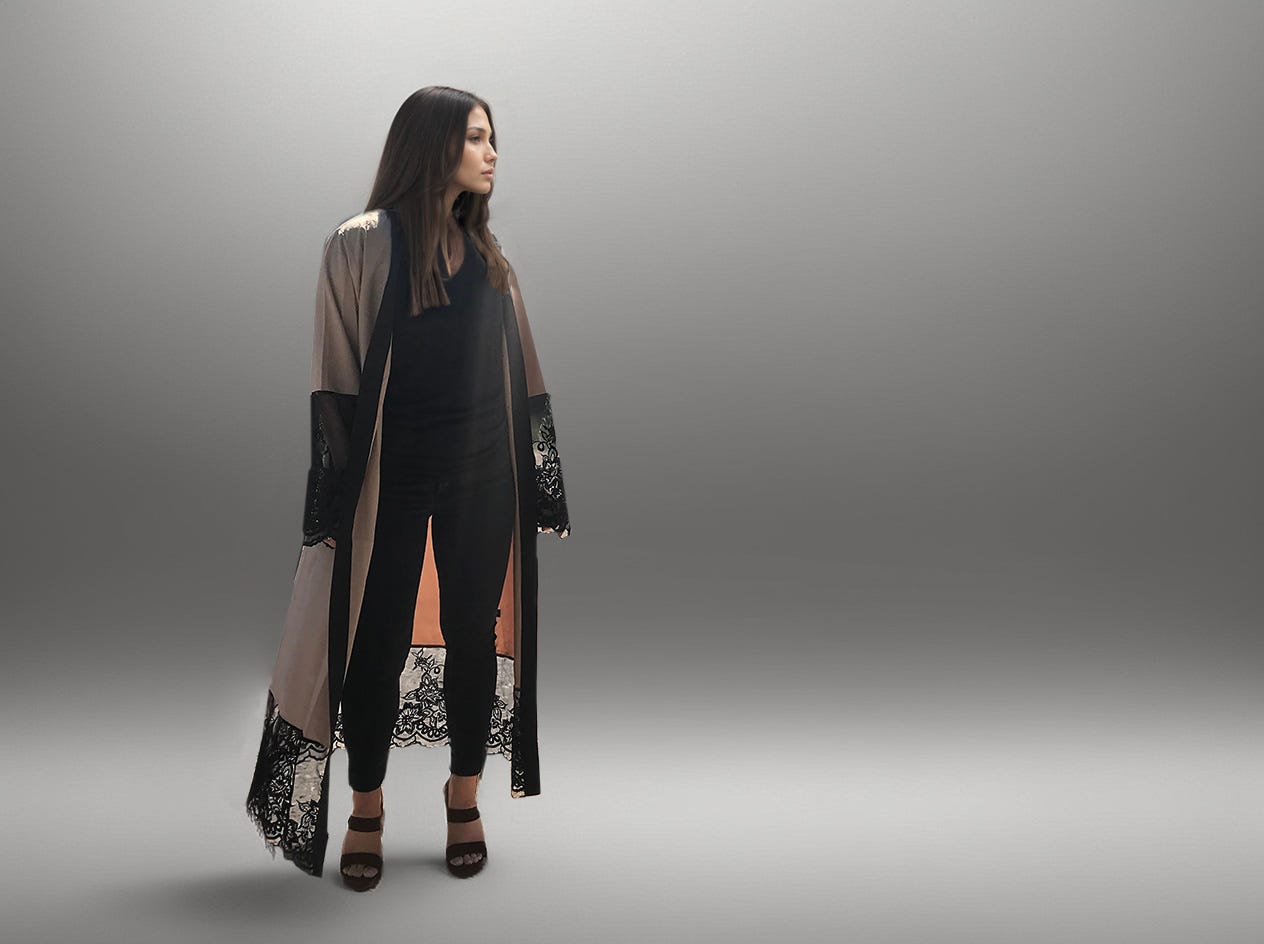
In 2025, abaya fashion ranges from minimal and monochrome to embellished couture pieces that rival luxury eveningwear. Brands like Haal Inc., Bouguessa, and Hessa Falasi are leading this evolution, proving that the abaya can be both traditional and trendsetting.
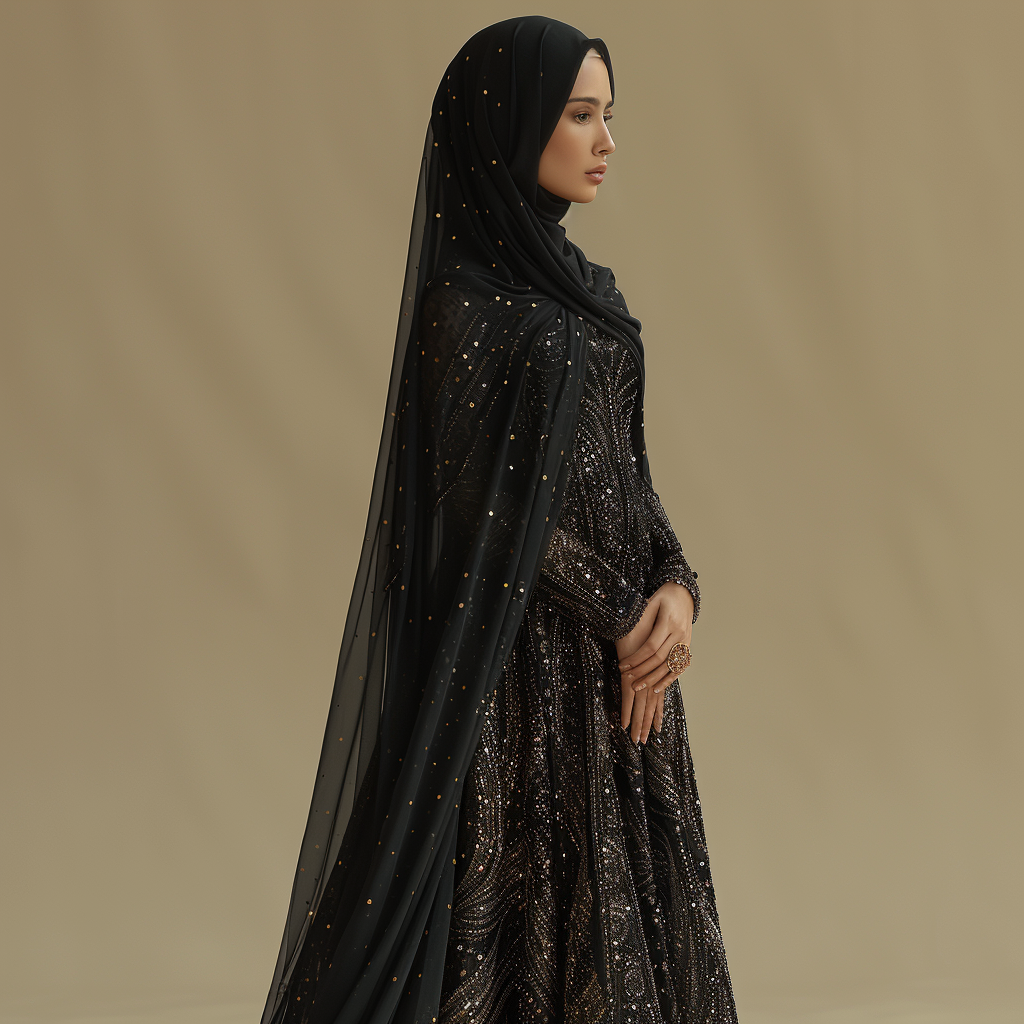
Searches for “abaya trends 2026,” “modern abaya styles,” and “luxury modest wear” are among the fastest-growing fashion queries across the GCC, according to regional analytics reports. This signals not just a style preference but a cultural renaissance, one where women proudly blend identity and innovation.
4. Street Style and Cultural Confidence
The streets of Dubai, Amman, and Beirut are now fashion runways in their own right. Middle Eastern youth are expressing identity through streetwear, modest layering, and bold accessories that blend global trends with local flavor.
Oversized blazers meet wide-leg trousers, sneakers are paired with abayas, and scarves are styled in fresh, experimental ways. The new Middle Eastern street style is cool, confident, and culturally grounded. It speaks to a generation that values authenticity over imitation.
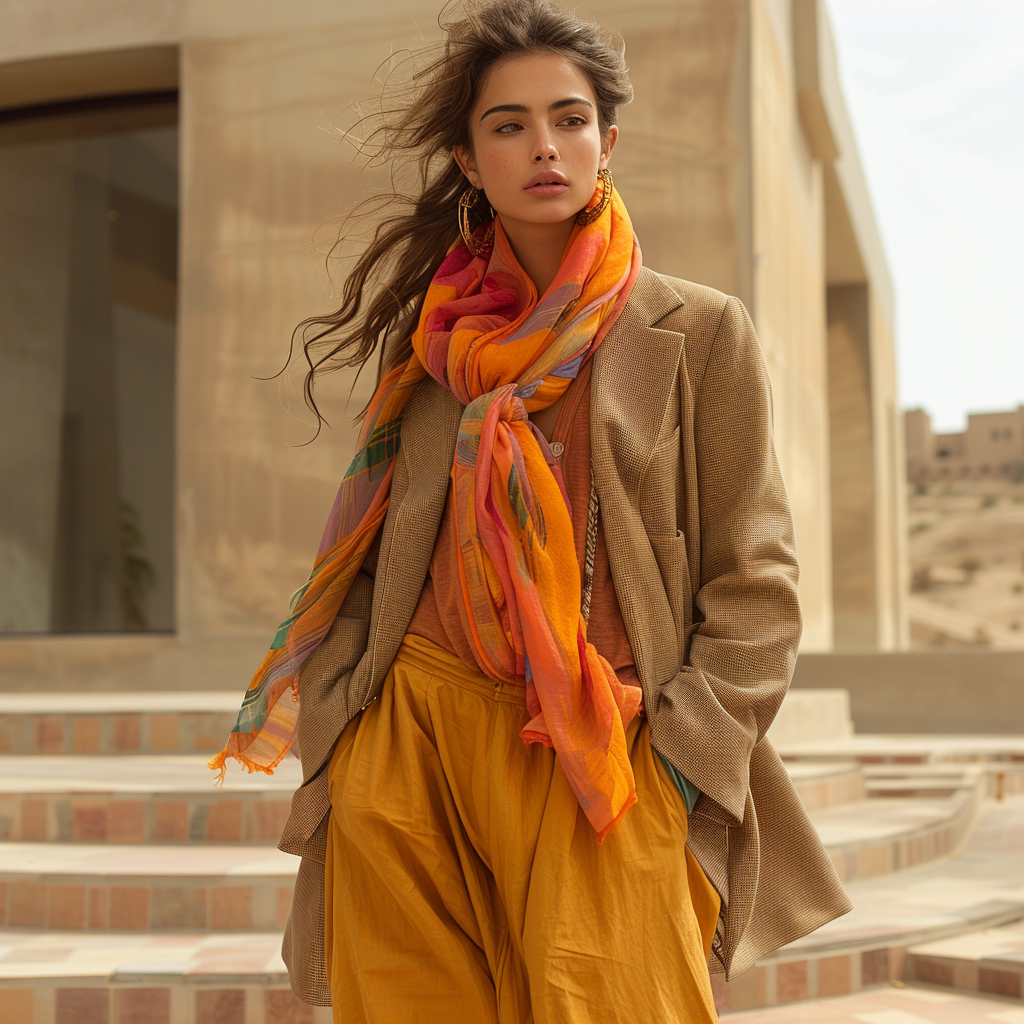
Social media platforms like Instagram, TikTok, and Threads have given Arab fashion influencers global visibility. Icons such as Dana Hourani and Leena Al Ghouti are shaping how modest fashion is perceived worldwide, proving that covered dressing can be both fashion-forward and fearlessly expressive.
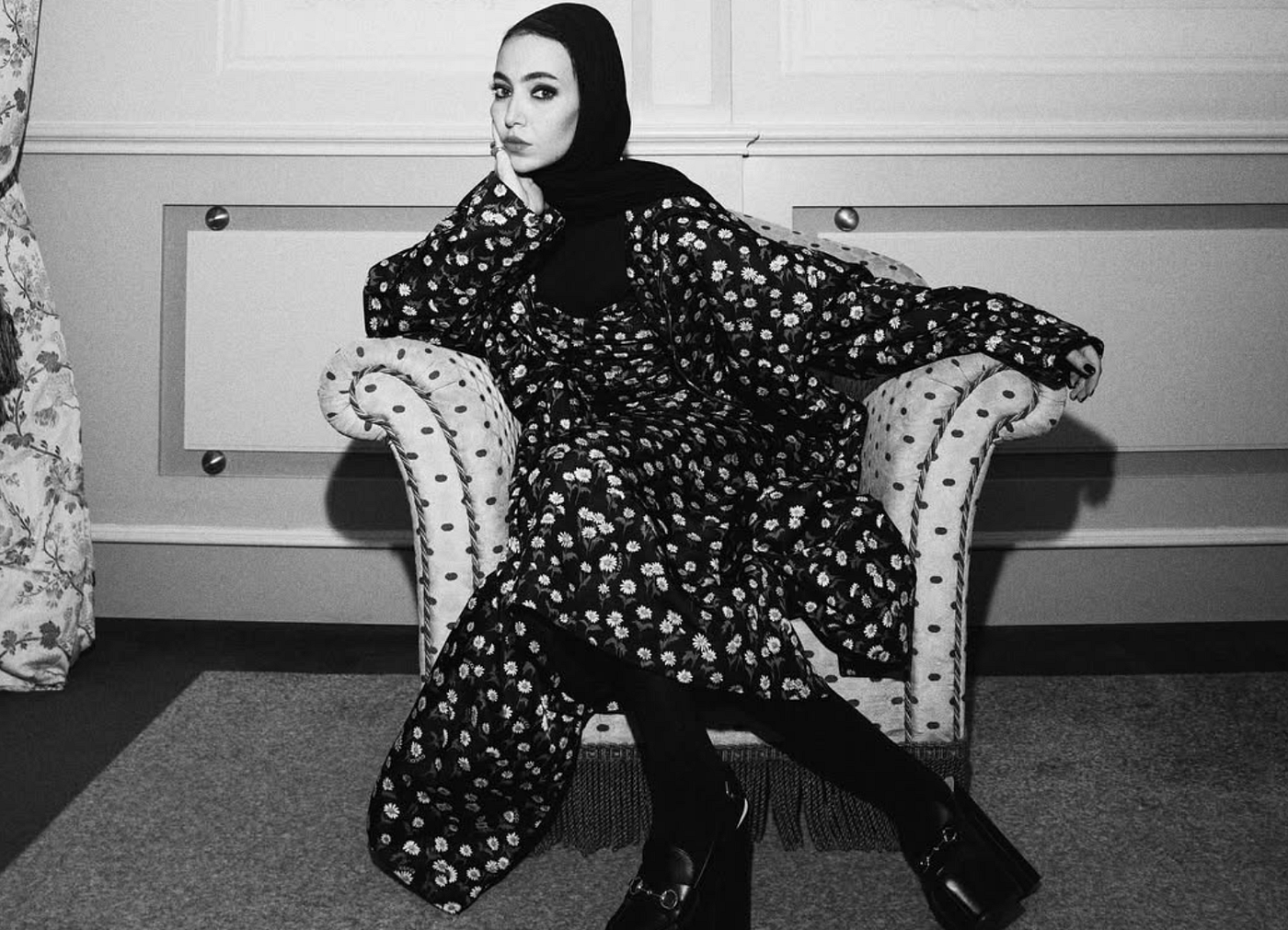
5. Sustainability and Ethical Design Take Root
Sustainability is transforming the region’s fashion industry. With global concern over overproduction and waste, Middle Eastern designers are turning toward ethical sourcing, slow fashion, and traditional craftsmanship.
Many are incorporating local textiles, organic dyes, and hand-embroidered details, reviving techniques that have been passed down for generations. Brands in Dubai, Bahrain, and Oman are building eco-conscious fashion lines that highlight regional artisanship while reducing environmental impact.
The rise of eco-abayas, recycled fabric kaftans, and locally made footwear signals a broader cultural shift: fashion that honors both the planet and the people behind the clothes.
6. The Role of Technology and AI in Middle Eastern Fashion
Technology has become a key player in Middle Eastern fashion’s modernization. From AI-driven design software to virtual fashion shows and 3D-rendered abaya collections, the region’s brands are quickly adapting to global innovation.
Dubai has positioned itself as a tech-fashion hub, hosting hybrid fashion weeks that merge physical and digital worlds. Shoppers can now virtually try on modest wear, preview collections in the metaverse, and customize garments before purchase.
Searches for “digital fashion Middle East” and “AI in fashion design” have increased sharply since 2025, signaling that the region’s style future is as high-tech as it is haute couture.
7. Fashion Weeks and Global Recognition
The Middle East has carved a space in the international fashion calendar. Events like Dubai Fashion Week, Riyadh Fashion Week, and Fashion Forward are drawing major media coverage and global designers eager to collaborate.
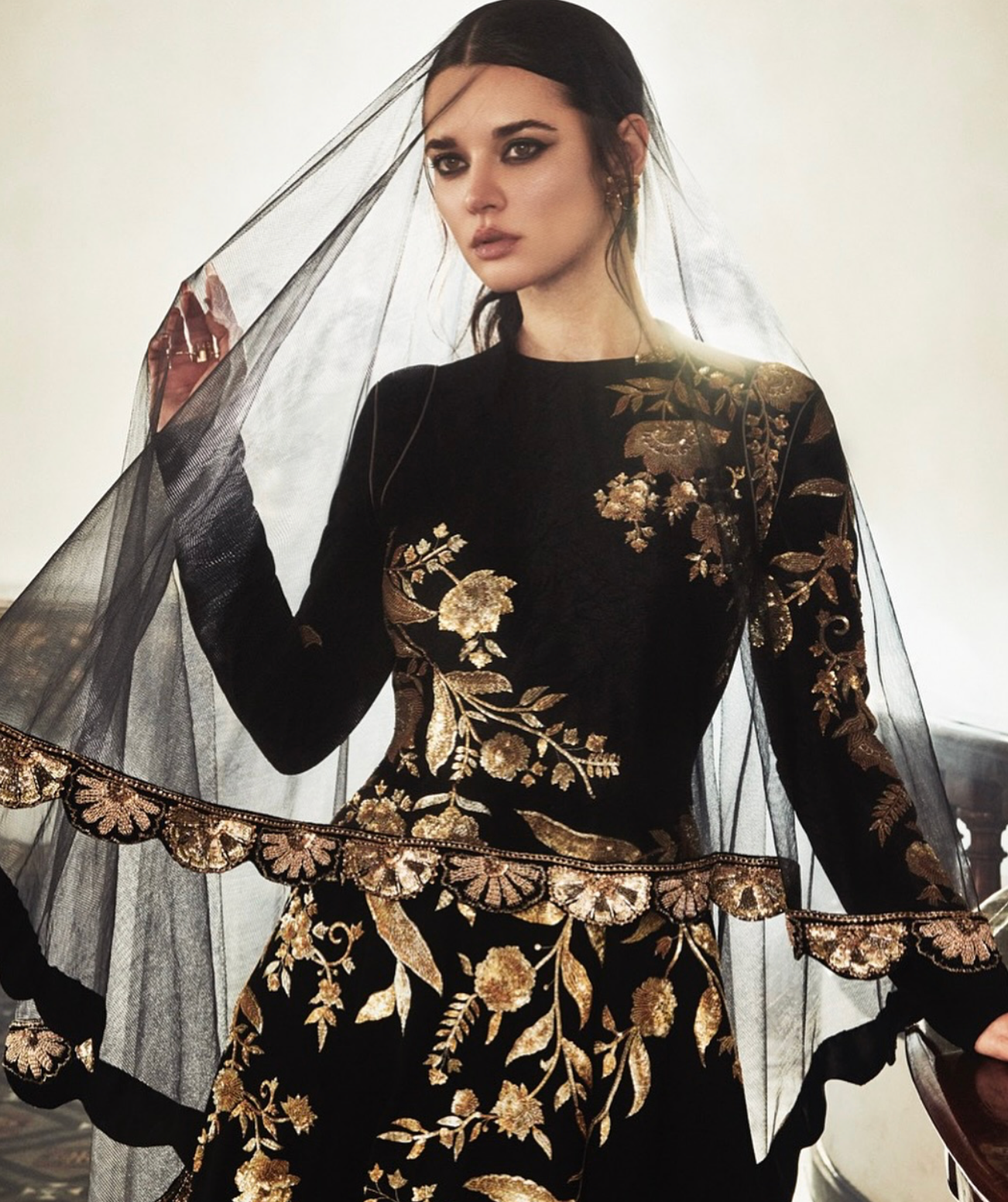
These showcases spotlight not just luxury fashion but also emerging Arab designers who are redefining style through a local lens. Collections often celebrate Arab heritage, featuring desert-inspired tones, calligraphy prints, and Bedouin textures reimagined for the global runway.
As global buyers and influencers flock to these events, Middle Eastern fashion 2025 is being recognized as a vital and visionary part of the industry not a subcategory, but a movement.
8. The Cultural Power of Modesty and Identity
At its core, fashion in the Middle East remains deeply personal. It is an act of cultural storytelling, a way to celebrate faith, heritage, and individuality simultaneously.
What makes the region’s fashion so compelling is its balance: modern but modest, luxurious yet grounded, innovative without losing touch with tradition. Designers and consumers alike are proving that style and spirituality can coexist beautifully.
In an era when global fashion often feels fast and fleeting, the Middle East offers something different: a reminder that true elegance is timeless.
Final Thoughts: A Fashion Future Rooted in Identity
The fashion industry in the Middle East has entered its most exciting era yet. As the world looks toward 2026 and beyond, this region stands as a symbol of innovation, empowerment, and cultural pride.
From minimalist abayas and sustainable fabrics to AI-driven couture and streetwear with soul, Middle Eastern fashion reflects the heart of a generation that is redefining what beauty and identity mean.
The message is clear: the future of global fashion isn’t just being written in Paris or Milan, it’s also being woven in Dubai, Riyadh, Cairo, and beyond.
